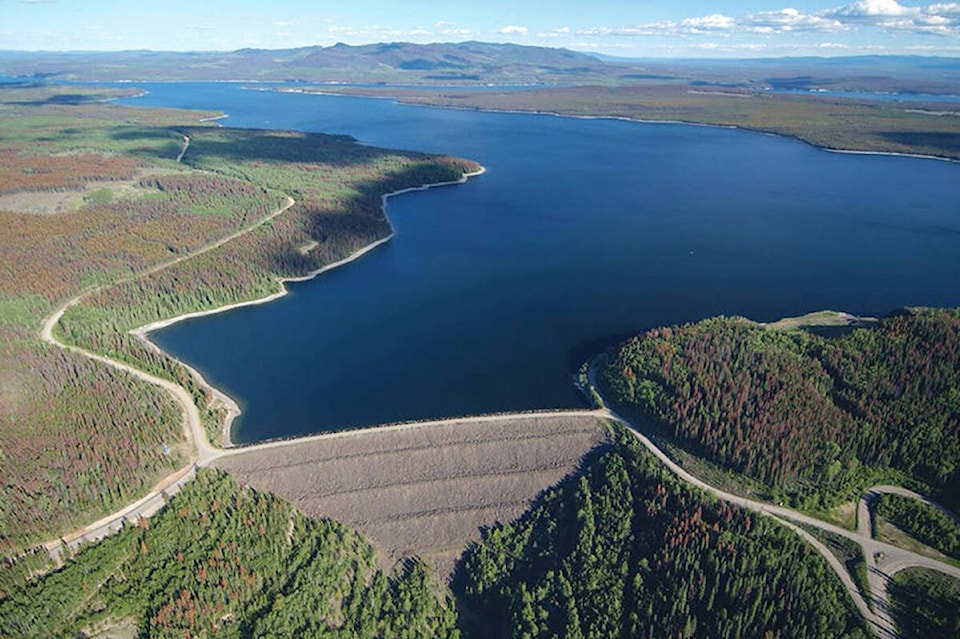The province is holding consultation on setting targets for larger vehicles to be zero-emission producers (electric and hydrogen, primarily). It has been going on for more than a year, and the Regional District of Bulkley-Nechako (RDBN) has been cool to the idea of having the vehicle weights affect grow to 4,536 kgs. It would mean instead of just some of a local government’s fleet of cars and light-duty vehicles being electric, the requirement would also include medium-duty vehicles.
The mayors and directors of the RDBN are not opposed to the idea of using such vehicles, but want better information.
“As part of this legislation, local governments will be required to meet predetermined milestones for incorporating MHDV (medium- and heavy-duty vehicles) into their fleets – with exceptions for smaller, rural, remote, and northern municipalities,” said a statement from the Community Energy Association. They did not express, and the RDBN wants to know, what the definition of those exceptions might be.
At the RDBN’s June 22 board meeting, the same day as the next meeting of the association, Francois-Ootsa Lake Rural director Clint Lambert made a point of emphasizing some of the practical flaws in the overall provincial plan to cut down on greenhouse gas emissions by boosting the number of zero-emission vehicles, which primarily meant electric cars and trucks.
“They finally figured out that they are not going to have enough electricity in British Columbia to power all the electric cars by 2030, so if we are changing our heavy-duty fleet now to electricity, then maybe we’d better start lobbying the government for Sites D, E, F and G,” Lambert said. He wasn’t being sarcastic. “To be able to have enough electricity to handle that (the expectation of electric vehicle numbers), we need to upgrade all of the grid. We’re putting the cart before the horse, here.”
“B.C. will need more green energy sooner than expected, prompting an historic call for power by the provincial Crown corporation that supplies almost all British Columbians with electricity,” said a Black Press report on June 15. “Figures show provincial demand for electricity will increase by 15 per cent between now and 2030 because of population growth and consumers adopting new technologies like electric vehicles and heat pumps. BC Hydro — which generates and delivers electricity to 95 per cent of British Columbians — has accordingly launched the first call for new power in 15 years.”
Lambert told the Lakes District �������� after the meeting that he is in full support of one project in his electoral area that would put a small but notable amount of dependable power into the provincial stockpile. He wants to see the development of the NeToo Hydropower Project based at the Kenney Dam. (NeToo is a Dakelh word meaning “our water.”)
In summary, this project is led by the First Nations Major Projects Coalition, championed by the Cheslatta First Nation. It would see the dam modified to allow water to flow back into the natural channel of the Nechako River from the company-controlled Nechako Reservoir (aluminum corporation Rio Tinto determines all water decisions in this unnatural lake).
Currently, overflow water goes out a side-river that was never capable of handling those kinds of fluctuating flows, so environmental and cultural damage occurs annually.
The NeToo Hydropower Project would better manage the water flow, it would be in its proper channel, it would stabilize the flow of the Nechako River through communities like Vanderhoof and Prince George, and it would also be outfitted with a turbine system that would generate significant megawatts.
Rio Tinto has confirmed it is keen to partner with the Cheslatta on this project.
The provincial government has been mum on the idea, but that was before the new assessment that B.C. is short on power supply.
“In this day and age, there should be no water released without generating some kind of energy out of it,” said Lambert.
Before there’s more push for plug-in vehicles, he said, there should be a plan for where the sparks in the wires are going to come from.



